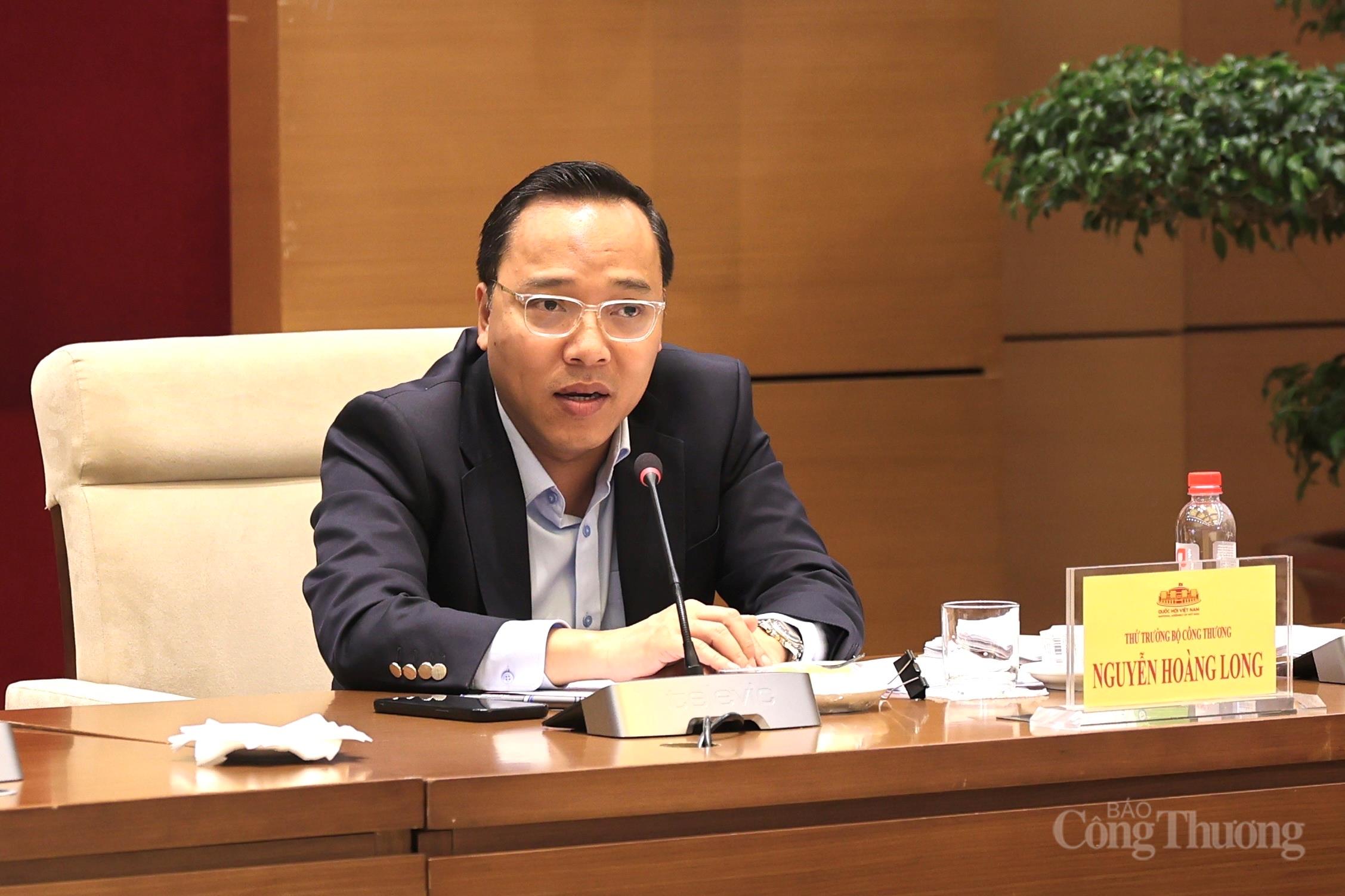
Urgent need to refine Vietnam’s oil and gas policy
19:05 | 23/03/2025 21:51 | 31/12/2025Industry
Mounting concerns over export market position
China remains Vietnam’s top importer of fresh fruit, including durian. Since the signing of a phytosanitary protocol between the two nations, Vietnamese exporters, cooperatives, and farmers had high hopes for smoother trade flows and robust profits. However, optimism has turned to anxiety lately.
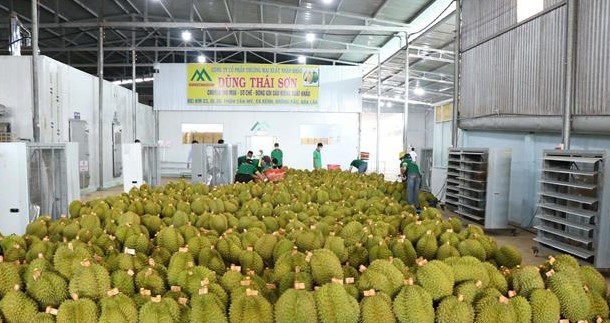 |
| As regional competition intensifies and regulatory demands increase, Vietnam must act swiftly and decisively to stay competitive in the global durian race. (Photo: baochinhphu.vn) |
By late 2024, Chinese authorities began detecting cadmium residues in durians from both Vietnam and Thailand, prompting new regulations. China now requires 100% of shipments to present cadmium and O-methyl carbamate (yellow O) test certificates before customs clearance. Any detection of residue leads to the suspension of associated packing facilities and growing areas—crippling Vietnam’s durian exports.
Despite hitting a record-high export value of $3.2 billion in 2024, Vietnam has seen a sharp decline in 2025. In the first four months, exports brought in only $130 million, with around 35,000 tons shipped—just 20% of the year’s target and a far cry from over $500 million in the same period last year.
The Ministry of Agriculture and Environment attributes this downturn to heightened food safety requirements from China and the current peak harvest seasons in other countries, which are driving prices down.
Domestically, durian prices have plummeted. On May 18, prices at several farms edged up slightly but remained just half of last year's levels. Traders are offering roughly VND 40,000–50,000/kg (approx. $1.60–$2.00), compared to VND 70,000–80,000/kg last year.
Shrinking access, rising sosts
According to Vu Duc Con, Chairman of the Dak Lak Durian Association, China has been revoking numerous growing area and packaging facility codes for Vietnamese agricultural products, including durians. To date, around 55 growing areas and 61 packing facilities have lost their export codes.
Moreover, since September 2023, the Plant Protection Department has introduced new candidates for approval, but none have been accepted by China. Although Vietnam has 150,000 hectares of durian cultivation, only about 20% are certified for export—a fraction of its true potential.
The Southeast and Central Highlands regions, major production zones, are expected to harvest about 500,000 tons from roughly 45,000 hectares in 2025. Vietnam holds a seasonal advantage over Thailand, Malaysia, and Indonesia, as durians from the Central Highlands are harvested from August to November—coinciding with a global supply gap.
Yet, inconsistent pricing and delays in laboratory results—four days for yellow O and two days for cadmium—are proving detrimental. Importers are increasingly turning to Thailand, where testing is faster and cheaper.
Vo Tan Loi, Chairman of the Tien Giang Durian Association, explained that back in October and November 2024, testing costs per shipment averaged VND 20–30 million. Today, full testing can cost up to VND 60 million—several times higher than in Thailand.
Meanwhile, Dak Lak Durian Association's Con noted that China currently recognizes only a handful of labs—designated by the Plant Protection Department—for testing.
The expert urged the government officials to streamline lab approvals and eliminate monopolistic practices that burden exporters. Expanding the number of accredited labs in China is also seen as crucial to offering exporters more options and reducing dependency on a few costly facilities.
Strategic measures needed to secure market share
Between now and September, Vietnam will need to consume or export an estimated 1.7 million tons of durian. As Vietnam grapples with technical compliance, Thailand has surged ahead, meeting China’s criteria and reclaiming market dominance. In the first four months of 2025, Thailand exported 71,000 tons of durian to China worth $287 million—twice Vietnam’s volume and value.
Mr. Dang Phuc Nguyen, General Secretary of the Vietnam Fruit and Vegetable Association, pointed out that Thailand enforces stringent traceability from farm to warehouse. In contrast, Vietnam’s current system only tracks produce up to the packing facility—insufficient by Chinese standards.
With Vietnam’s Eastern region about to enter harvest season, followed by the Central Highlands, failure to improve could result in further market erosion.
Adding to the urgency, China has now allowed durian imports from Cambodia starting late April, following a bilateral agreement signed during President Xi Jinping’s mid-April visit to Phnom Penh. Indonesia is preparing to launch exports to China, and Laotian producers are also exploring entry into the market.
Last year, Thailand dominated China’s $6.99 billion durian import market with a 57% share. Vietnam was the second-largest supplier at 38%, while the Philippines and Malaysia combined sold just $38.2 million worth of durian (China Customs data).
With durian exports generating $3.2 billion in 2024, the industry is considered a high-potential sector. Experts emphasize the need for strategic investments—from zoning and developing raw material regions to establishing modern, food-safety-compliant processing plants and enforcing transparent export protocols with traceable origins.
The Ministry of Agriculture and Environment has proposed tighter farm-level controls to speed up customs clearance. Additionally, Vietnam is diversifying its export markets, currently shipping both fresh and frozen durians to 15 countries, reducing reliance on China.
Notably, durian grown in the Central Highlands is currently free from cadmium contamination—offering Vietnam a significant edge. In a proactive move, Dak Lak Durian Association's Con said the association has partnered with the Western Highlands Agriculture and Forestry Science Institute (WASI) to launch a long-term quality control initiative.
The first step involves province-wide sampling to assess cadmium and yellow O levels and determine contamination sources. Longer-term goals include establishing Dak Lak-specific standards for durian quality and training growers and packers to implement best practices.

19:05 | 23/03/2025 21:51 | 31/12/2025Industry
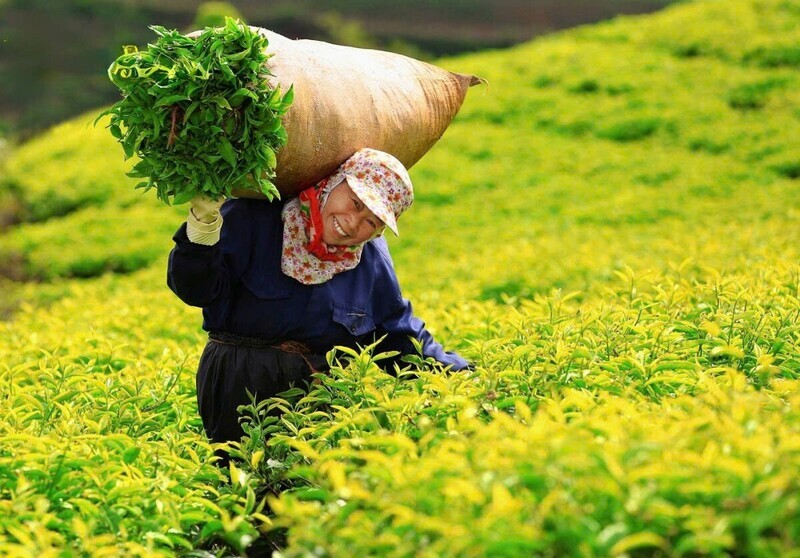
19:05 | 23/03/2025 17:03 | 31/12/2025Trade

19:05 | 23/03/2025 10:31 | 31/12/2025Economy
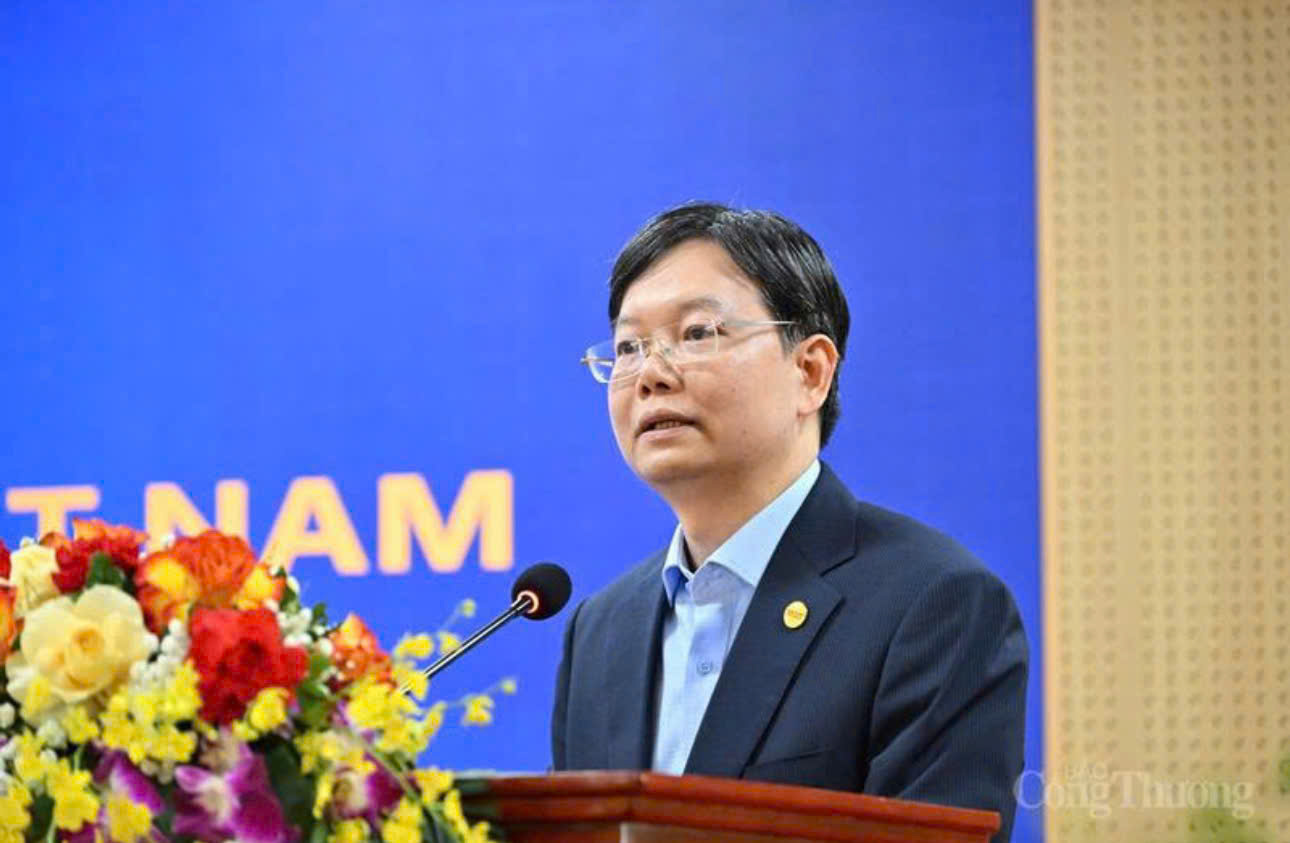
19:05 | 23/03/2025 10:20 | 31/12/2025Trade
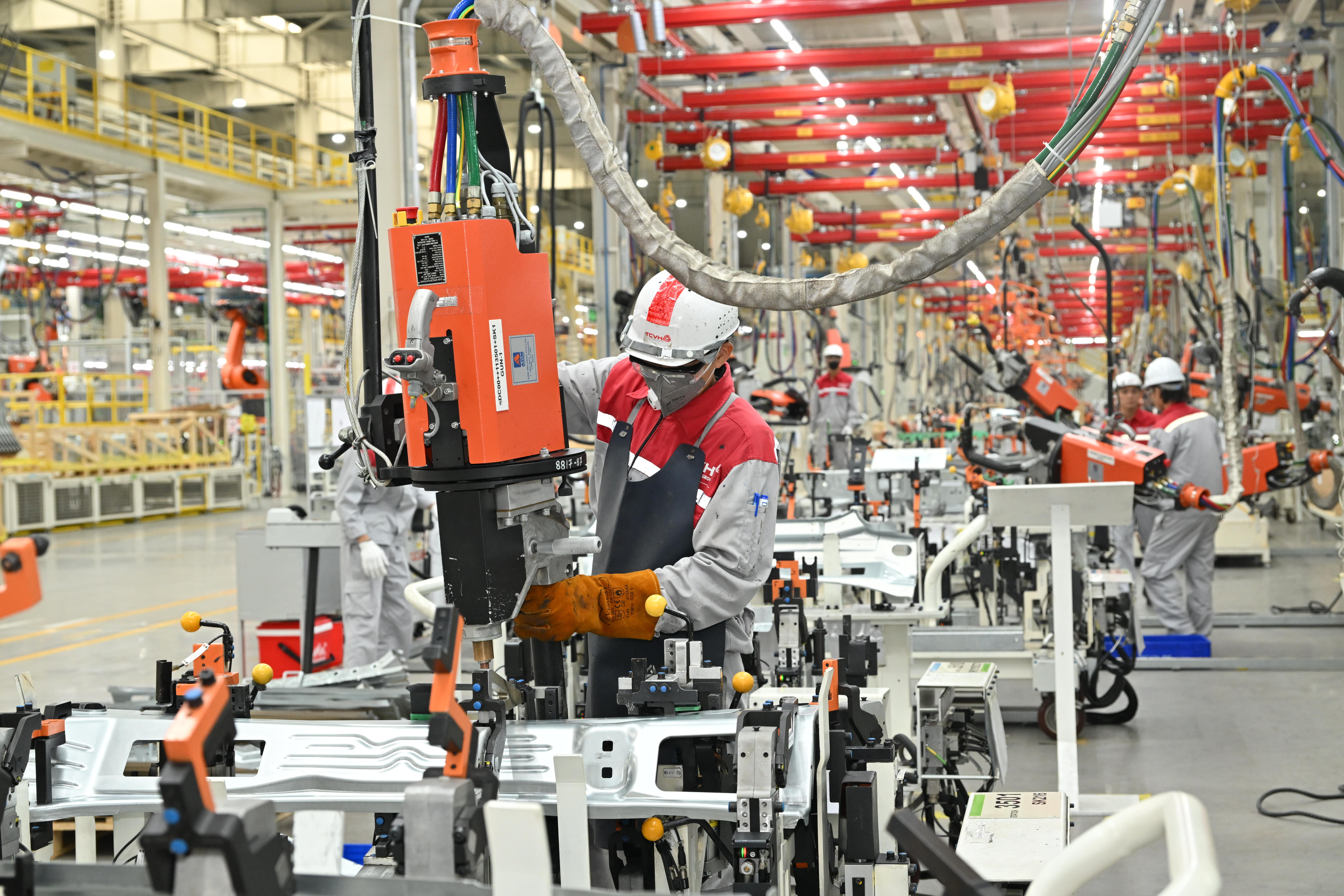
19:05 | 23/03/2025 23:55 | 30/12/2025Economy